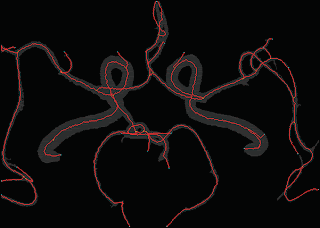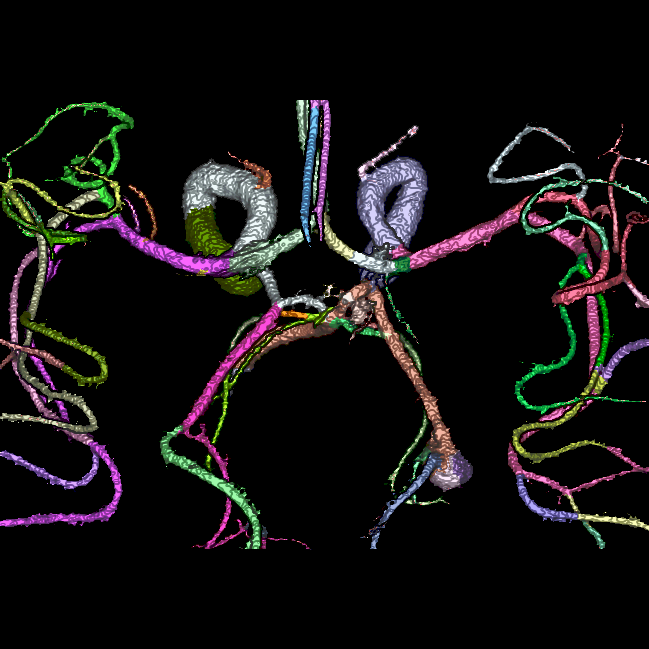Practicing soccer football heading while reducing impacts
Recent research is starting to show athletes don't have to sustain a concussion to suffer brain injuries, mild repeated bumps to the head even from heading can cause injury over time. http://www.scientificamerican.com/article/does-heading-a-soccer-ball-cause-brain-damage/ http://www.scientificamerican.com/article/soccer-players-show-signs-of-brain/ http://link.springer.com/article/10.2165/00007256-200131050-00006 As a brain injury researcher myself I don't think we should wait for the research to complete to take action because research is never complete and many athletes will already have sustained injuries. Some soccer football programs are going so far as to ban heading: http://www.dailymail.co.uk/news/article-2202960/Youth-soccer-program-BANS-heading-players-age-head-injury-concerns.html As an alternative to an outright heading ban is to practice heading with a lighter rubber ball to develop technique, strengthen neck muscles, and reduce the total


